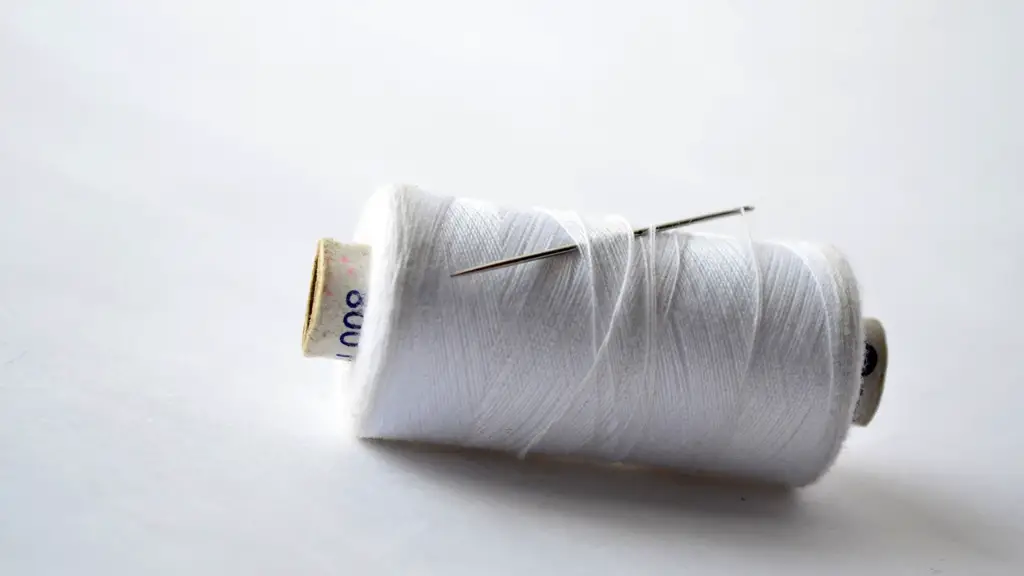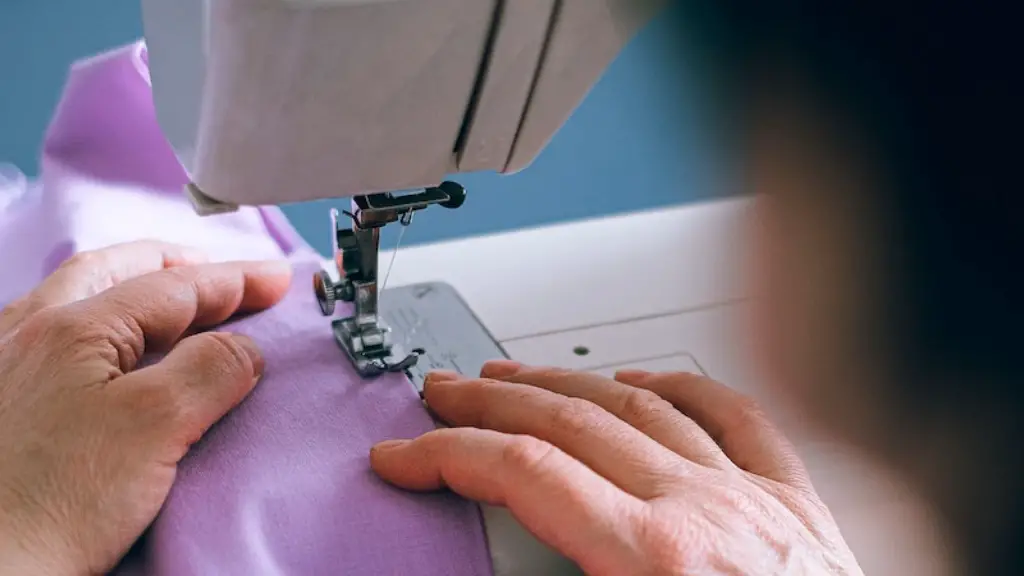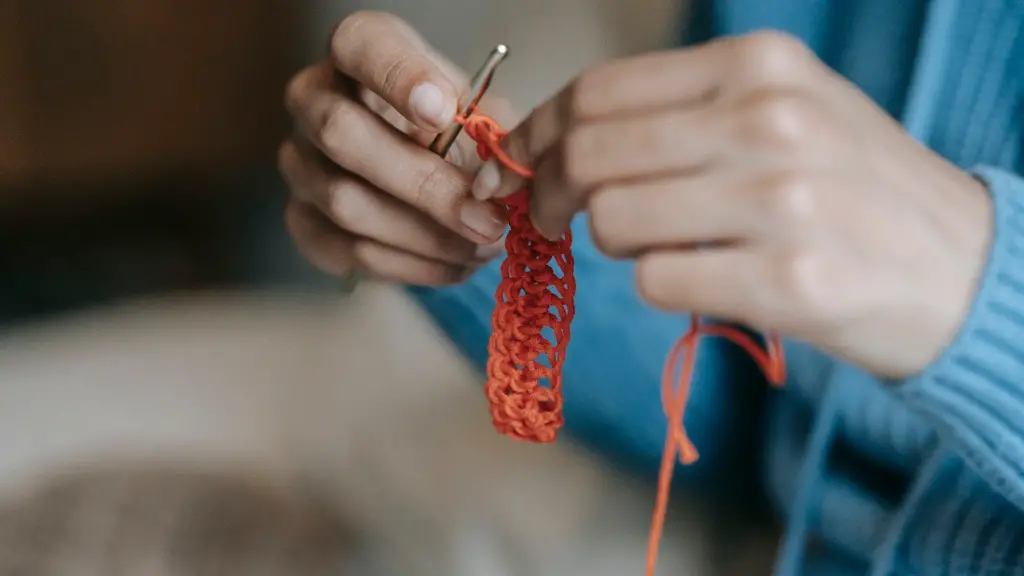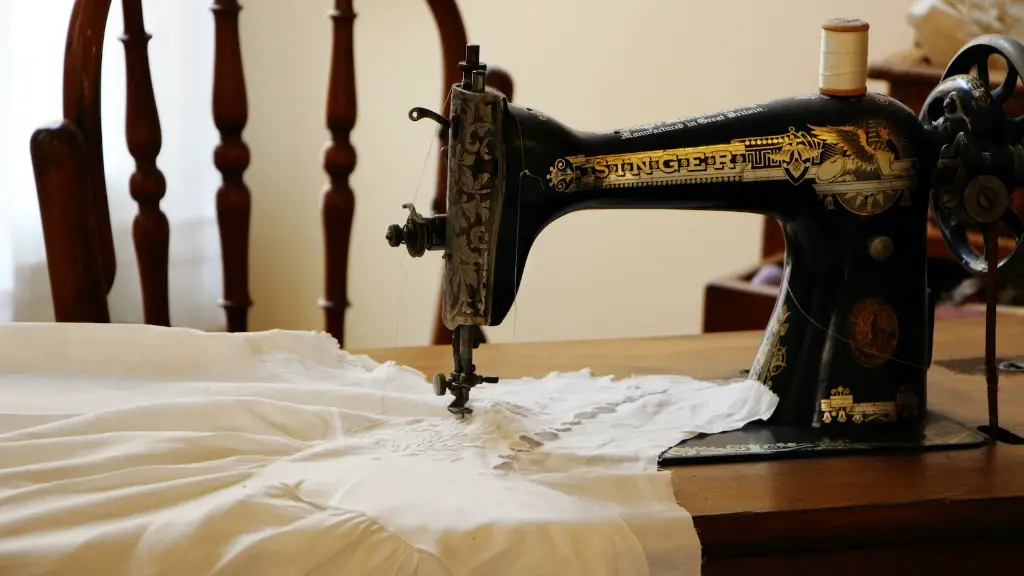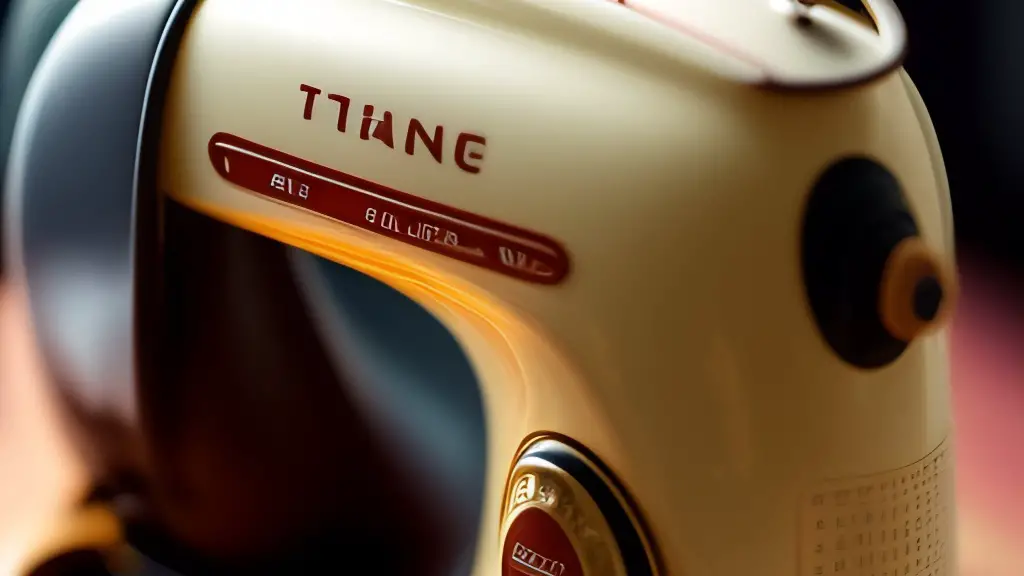Since their invention many years ago, sewing machines have become an invaluable asset.However, like any other home appliance, they require maintenance and repair. Fortunately, it is not as complex as it may seem. Here are some tips on how to repair an old sewing machine and keep it going for many more years.
One of the first things to check for when repairing your old sewing machine is the type of mechanism. Sewing machines with a manual system will require more maintenance and cleaning, while those with a computerized system are more complex to work with. If your sewing machine has a manual system, look at the instruction manual to find out how to clean and oil it. If it has a computerized system, look for the specific maintenance procedures for that system.
Next, inspect the machine for any worn or broken parts. Some of the most common parts that may need replacing include the needle, bobbin case, tension disc, drive belt, and thread guide. If any of these parts are worn or broken, they should be replaced. If the machine is beyond repair, it may be necessary to buy a new one. Make sure the replacement parts are the exact ones suggested by the manufacturer.
In addition to replacing any broken or worn parts, you should also check the tension levels. If the tension is too tight, the needle may not be able to penetrate the fabric properly, whereas if the tension is too loose, the stitches won’t stay in place. Adjust the tension levels until they are set to the correct levels. As a general rule, the tension should only be tightened if the stitch size needs to be smaller.
Furthermore, regular maintenance can help ensure your sewing machine is running smoothly for many years to come. This includes cleaning the interior, lubricating the moving parts, and sharpening the needle and hook. Regularly inspect the seams and look for any signs of wear and tear – such as loose threads, frayed edges, and skipped stitches. Finally, make sure to check for any loose screws or bolts.
Troubleshooting Common Problems
Sometimes, old sewing machines can be prone to common problems. These include the machine looping, skipping stitches, or tensioning. If the machine is looping, it means that the thread is forming a loop around the bobbin when it is stuck, usually because of improper tension. If the machine is skipping stitches, it could be that the machine isn’t set to the correct stitch width or tension. Finally, if the machine is tensioning, then the bobbin is not turning as quickly as it should be and needs to be adjusted.
If the machine appears to be working correctly but is not sewing properly, it may be the case that the needle or hook are not aligned correctly. If the hook is off-center, it can cause the thread to form loops or pull the fabric out of place. Also, if the needle is not aligned correctly, it won’t go through the fabric correctly, resulting in skipped stitches or an uneven finish.
In any case, it is important to make sure the machine is properly aligned on a regular basis. The alignment should be checked every 6 to 12 months depending on the frequency of use. To check the alignment of the machine, place the presser foot on a piece of paper and turn the wheel to move the needle through the paper. If the needle moves smoothly, then it is correctly aligned. However, if it skips, then the alignment needs to be adjusted.
Keeping The Sewing Machine Clean
Another important step in preserving the health of any sewing machine is to keep it clean and dust-free. A well-maintained machine will run smoother, last longer, and reduce the likelihood of problems. To clean the machine, start by dusting it off using a soft cloth. Once the machine is free from dust and debris, wipe it down with a damp cloth. Any stubborn stains or dirt can be scrubbed off with a soft-bristled brush.
Once the cleaning is finished, apply some machine oil to the moving parts of the machine to ensure it runs smoothly. Apply a few drops to the main shaft, bobbin case, and thread guides. Finally, polish the outside of the machine with a soft cloth and some furniture cleaner to make it look as good as new.
Essential Sewing Supplies
In addition to being well-maintained, it is also important to have the necessary sewing supplies on hand in order to repair any issues that may arise. Some of the essential supplies include extra needles, thread, bobbins, scissors, and seam rippers. Additionally, any repair projects may require additional supplies such as pins, iron-on patches, patches, iron-on adhesive, fabric glue, and more.
Make sure to check your supplies regularly to make sure you have everything you need. If the supplies are running low, make sure to purchase more in order to be prepared for any future repairs.
Using The Right Thread
Using the right thread is also important if you want to keep your sewing machine running smoothly. Different fabrics require different types of thread, so make sure to use the correct type for the project. For example, cotton thread is often used for lightweight fabrics such as quilting cotton, while polyester thread is usually used for heavier fabrics such as denim. If you are unsure of the type of thread to use, check the instruction manual for the fabric.
Once the correct type of thread has been chosen, make sure to use the correct weight of thread for the project. Too light of a thread may cause skipped stitches, whereas too heavy of a thread may cause the fabric to pucker or fray. Lastly, make sure to use a quality thread that won’t easily break or snag.
Maintaining The Motor
In addition to general maintenance and cleaning, it is important to keep the motor of the sewing machine running properly. Inspect the motor for any signs of wear or damage, such as smoke or sparks coming out of the motor. If any of these symptoms are present, it is best to have the sewing machine serviced by a professional.
Make sure to regularly check the oil levels of your machine to make sure they are sufficient. If they are running low, add more oil according to the manufacturer’s instructions. Also, make sure the belt is secure and the motor is running smoothly. If any of the parts are not working correctly, they may need to be adjusted or replaced.
Adopting The Right Techniques
Finally, it is important to use the correct technique when working with an old sewing machine. Make sure to sew slowly and pay attention to details as the machine can easily make mistakes. Furthermore, when pressing down the pedal, make sure to do it steadily, so as not to jam the motor. Finally, avoid overloading the machine – it may cause it to stop working or worse, break entirely.
With some care and attention, an old sewing machine can still be a great tool for many sewing projects. By following these simple tips, your old machine will be running again in no time.
